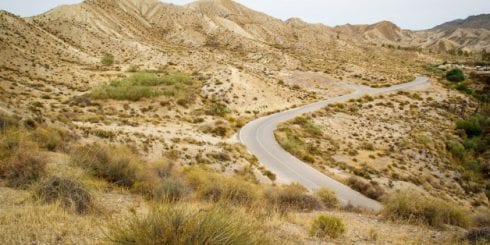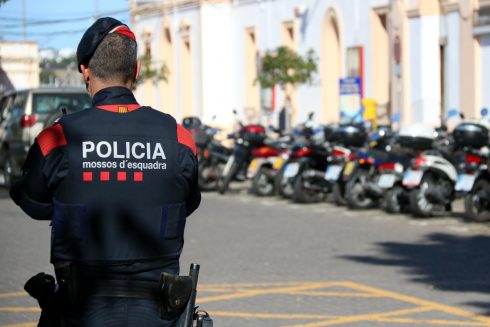HORATIO Nelson was arguably Britain’s greatest-ever sailor, and possibly the most accomplished fighting seaman the world has ever seen. Given the era (he was born in 1758 and died in 1805), his life’s work was all about war with Spain.
Many British people know that he was killed at the moment of his most spectacular victory, the Battle of Trafalgar, near Cádiz (1805).
Some may even know that, to get his body back to London without too much decomposition, they placed the corpse in a barrel of brandy.
What is not as widely-known is that he launched an attack on the Canary Islands eight years before Trafalgar, a fight which had consequences for Nelson personally, and for all concerned.
Other admirals had achieved little success against the Spanish navy earlier in the year (1797) at the engagements of Cape St. Vincent and Cádiz.

Mutiny was the dread of every navy. Ordinary sailors lived under harsh conditions onboard ship, and in slack periods and times of failure they got restless.
An uprising on a ship, where there were plenty of weapons, and the lower ranks hugely outnumbered the officers, and where help was sure to be slow arriving, was certain to be disastrous.
If sailors murdered their leaders, even on one single ship, the whole disciplinary system of the Royal Navy might collapse.
It was decided to ‘distract’ the men by attacking Santa Cruz.
Then, as now, Tenerife was almost two separate places. The south of the island was unimportant (now it is the home of package-holiday beach resorts), Tenerife’s main commercial and population centre is Santa Cruz city, in the north.
READ MORE:
- Must visit: The white-washed villages set in the stunning natural beauty that surrounds Guadalhorce in Spain’s Andalucia
- Why does Leon want independence? The dramatic history of the northwestern province in Spain – after it voted to be its own autonomous community
- Nine breathtaking UNESCO sites in Spain to start with
Nelson was, at the time, the Navy’s up-and-coming ‘whizz kid’, and he was put in charge of the Santa Cruz expedition. He had seven warships under his command.
His flagship wasn’t yet the ‘Victory. He sailed to Tenerife aboard the ‘Theseus’.
One of the most difficult manoeuvres in warfare is to get forces off ships and onto beaches (just like D-Day in 1944). When the British tried to land men on the night of 21 July 1797, things went wrong.
Spanish artillery sank many of the British landing-craft. Though it was dark, the defenders could hear the boats’ oars, and directed their fire accordingly.
The attack was called off.
Nelson held a council of war. A new plan was needed. He insisted that he, himself, would go ashore in the next wave. And he ordered the boats’ oars to be muffled by tying cloth around them.
The second phase went ashore after dark on 22 July. This time, the Spanish defenders waited until the boats got to the beach, then opened up with thousands of rounds of rifle fire.

Several men in Nelson’s boat were killed outright. Nelson himself was badly wounded in the right arm. He was losing blood at an alarming rate.
His stepson (Lieutenant Nisbet) was present, and applied a tourniquet to the wound.
Modern medicine understands how to seal broken arteries and how to suppress bacterial infection. In Nelson’s day these things were unknown.
His arm might have been saved if a small ship had been signalled to swoop in and pick him up, but Nelson didn’t want to give the distress signal, because it might have a bad effect on the men’s morale.
The alternative was to row the landing-craft back to Nelson’s ship.
The admiral might bleed to death in the process, and his shattered arm was sure to require amputation. But that’s what they did.
Nelson was still alive when the boat reached the “Theseus”, and the amputation took place immediately (without anaesthetic). Nelson wanted to keep the severed arm, but couldn’t.
The surgeon knew it would be a source of infection, and threw it overboard.
By seven in the morning, it was clear that the amphibious landing was a failure. The British had lost 250 men dead, compared to 30 Spanish casualties.
In the gentlemanly way of the time, Nelson sent a letter to the Spanish commander, asking to withdraw his men and to keep their flags. The Spanish agreed, and each side sent the other gifts of beer, wine and cheese!
Nelson never again tried to storm a beach, and the British never again attempted to capture Santa Cruz.
Click here to read more La Cultura News from The Olive Press.








